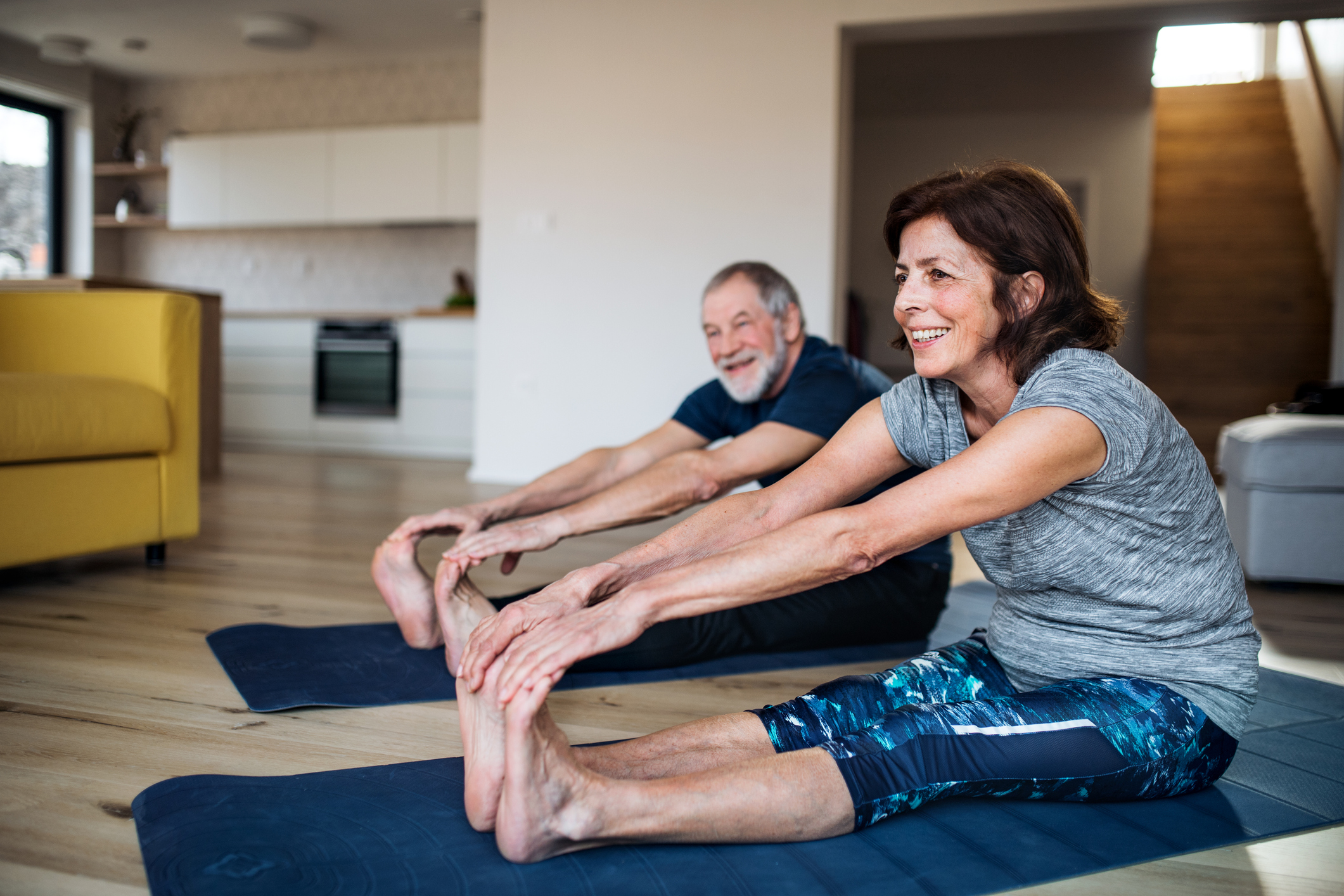The Beijing 2022 Winter Olympics, drawing to a close today, has inspired people of all ages with the skill, grit, and resilience of the athletes. The games may have also motivated individuals to get back on track with their physical fitness. But older adults often find it harder to build strength as their bodies age and biological mechanisms become less effective, making it all the more important to stick with strength-training exercises to prevent frailty and disability.
According to a recent Washington Post report, exercise is one of the most important activities older adults can do for their health to promote mobility and reduce the risk of becoming disabled. Although older people do not gain muscle mass as well as younger people, by participating in a regular resistance and aerobic exercise program, seniors can still improve physical function and reduce the risk of becoming disabled by nearly 20 percent.
Using exercise to prevent or delay mobility problems can help older adults remain healthy, active, and engaged in their communities. Being able to perform acts of daily living also helps seniors live independently longer and prevent or delay a move into an assisted living community. Along with regular strength, balance, flexibility, and aerobic activity, eating a healthy protein-rich diet is also important to maintain muscle mass, strength, and bone health. Good sources of protein include Greek yogurt, cottage cheese, skinless chicken, lentils, and milk.
Many people find they become more sedentary during the winter months, but it’s important to stay active to preserve muscles strength and mobility. Before starting any new exercise program, talk first with your doctor. A primary care visit can help assess physical function and if necessary, provide a referral to a physical or occupational therapist to help regain strength, balance, range of motion, and endurance as well as address any needs to aid in performing tasks of daily living. Begin slowly and gradually increase the intensity and duration of the activity, listening to your body and taking care to avoid movements that cause pain. A regular routine, if possible spending time outdoors with others, can help establish positive associations with exercise and improve outcomes.
Until the weather warms up and it is safe for more outdoor activities, check out the National Institute on Aging’s Go4Life Exercise Videos here.






Add Your Voice
0 Comments
Join the Discussion